Unmasking Clearview AI: A Deep Dive into the World of Facial Recognition
In 2019, New York Times reporter Kashmir Hill received a shocking tip about Clearview AI, a company claiming to identify anyone from online photos. Hills skepticism led her on an investigative journey into the secretive world of facial recognition technology.
In 2019, a seemingly preposterous tip landed on the desk of New York Times reporter Kashmir Hill. It was a revelation that initially defied belief: a clandestine entity by the name of Clearview AI asserted it could identify virtually anyone based solely on a single photograph of their face.
The momentous email reached Kashmir Hill while she was in a hotel room in Switzerland, six months pregnant and fatigued from a long day. Yet, the contents of that email ignited her curiosity with an electric jolt. The source had unearthed a confidential legal memo, stamped "Privileged & Confidential," in which a lawyer representing Clearview AI disclosed the company's audacious endeavor. Clearview had purportedly scoured the vast expanse of the public internet, including social media behemoths like Facebook, Instagram, and LinkedIn, amassing billions of photos without people's consent. These photos, the memo claimed, were the foundation for an unprecedented app. By feeding Clearview a photograph of a random individual, the app would scour the internet and return a compendium of every instance it had encountered that person's visage, potentially unearthing not just their name but also a trove of personal information. Astonishingly, Clearview was peddling this extraordinary capability to law enforcement agencies nationwide while clandestinely safeguarding its existence.
Not long ago, automated facial recognition was a concept relegated to the realms of dystopian science fiction, featured in novels and films like "Minority Report." Engineers had initially embarked on this quest in the 1960s, endeavoring to program rudimentary computers to match a portrait to an extensive database of human faces. By the early 2000s, law enforcement agencies had begun dabbling in the technology, utilizing it to comb through mugshot databases in search of unknown criminal suspects. However, facial recognition technology had largely proven to be underwhelming. Its performance wavered across racial, gender, and age demographics. Even cutting-edge algorithms struggled with rudimentary tasks, such as matching a grainy ATM surveillance image to a mugshot. Clearview AI, on the other hand, was unfurling a different narrative, boasting a "98.6 percent accuracy rate" and an unprecedented repository of photos that eclipsed anything hitherto employed by the police.
The implications were staggering—if the claims held true. Kashmir Hill, a seasoned privacy advocate who had reported on the gradual erosion of personal privacy for over a decade, was thunderstruck. She often described her beat as "the looming tech dystopia—and how we can try to avoid it." Yet, never before had she encountered an assault on anonymity as audacious as Clearview AI's.
Privacy, that elusive and difficult-to-define concept, had been immortalized in a Harvard Law Review article in 1890 as "the right to be let alone." Samuel D. Warren, Jr., and Louis D. Brandeis, the authors of this seminal article, argued for the inclusion of the right to privacy under the law, alongside the cherished rights to life, liberty, and property. Their inspiration stemmed from a then-revolutionary invention—the portable Eastman Kodak film camera of 1888, which enabled the capture of "instant" photos of everyday life outside the confines of a studio. It was a technological marvel that, much like a modern-day reporter, could intrude into the sanctity of private and domestic life. Warren and Brandeis wrote, "Instantaneous photographs and newspaper enterprise have invaded the sacred precincts of private and domestic life," foreshadowing a world where secrets whispered in closets might be proclaimed from the rooftops.
This landmark legal essay remains one of the most celebrated in legal history, with Louis Brandeis eventually ascending to the Supreme Court. Nevertheless, privacy never received the comprehensive protection Warren and Brandeis envisioned. Over a century later, Americans still lack a definitive legal framework guaranteeing control over the photographs taken of them, the information published about them, and the utilization of their personal data. Meanwhile, tech companies situated in the United States and other jurisdictions with lax privacy regulations are continually crafting ever-more potent and invasive technologies.
Facial recognition had already been on Kashmir Hill's radar. Throughout her career at publications like Forbes and Gizmodo, she had reported on major releases from billion-dollar corporations. These included Facebook's automatic tagging of friends in photos, Apple and Google allowing users to unlock their phones with facial recognition, and digital billboards from Microsoft and Intel equipped with cameras capable of determining age and gender to display tailored advertisements. She had examined how this occasionally imperfect technology enthralled law enforcement and industry while disquieting privacy-conscious citizens.
As Kashmir Hill digested the claims of Clearview AI, her mind drifted back to a federal workshop she had attended in Washington, D.C., years earlier. Representatives from the industry, government officials, and privacy advocates had convened to chart the course for facial recognition technology. Amidst their varied perspectives, there was a unanimous consensus: the deployment of an application for identifying strangers should be categorically forbidden. It was considered too perilous—an individual at a bar could snap a photo and promptly uncover a stranger's social circle, address, and more. It could potentially be wielded to target antigovernment protesters or women entering Planned Parenthood clinics. This technology was a double-edged sword, capable of facilitating harassment and intimidation. Accurate facial recognition, especially at the scale of hundreds of millions or even billions of people, was regarded as the third rail of technology. And now, a virtually unknown entity called Clearview claimed to have achieved what was deemed impossible.
Kashmir Hill harbored skepticism. Startups were notorious for trumpeting grandiose claims that frequently proved to be mere smoke and mirrors. Even the venerable Steve Jobs had famously overstated the capabilities of the original iPhone during its inaugural unveiling in 2007. There was an enduring belief that computers possessed almost magical capabilities, that they could decipher solutions to any problem and, armed with sufficient data, eventually outperform humans. Consequently, investors, consumers, and the public often fell for audacious assertions and digital sleight of hand wielded by companies aspiring to greatness but not quite there yet.
Yet, within that confidential legal memorandum, Clearview's high-profile attorney, Paul Clement—formerly the Solicitor General of the United States under President George W. Bush—affirmed that he had tested the product alongside colleagues at his law firm. To his astonishment, he reported that Clearview returned search results swiftly and accurately. Clement further disclosed that over two hundred law enforcement agencies were already utilizing the tool and, crucially, that it did not contravene the federal Constitution or existing state biometric and privacy laws when employed for its intended purpose. It was not merely that hundreds of police departments were covertly employing this technology; the company had enlisted a distinguished lawyer to reassure law enforcement that their actions were lawful.
Returning to New York with the impending birth of her child serving as a looming deadline, Kashmir Hill embarked on a mission. She had three months to delve into this labyrinthine story, and the deeper she delved, the more bizarre it became.
Download your fonts:
Cream Peach Font - Free Download
Cherish Today Font - Free Download
A Abrigy Think Font - Free Download
Baked Almond Font - Free Download
A Ahay Hore Font - Free Download
The Californication Font - Free Download
Numberlin Ordinary Font - Free Download



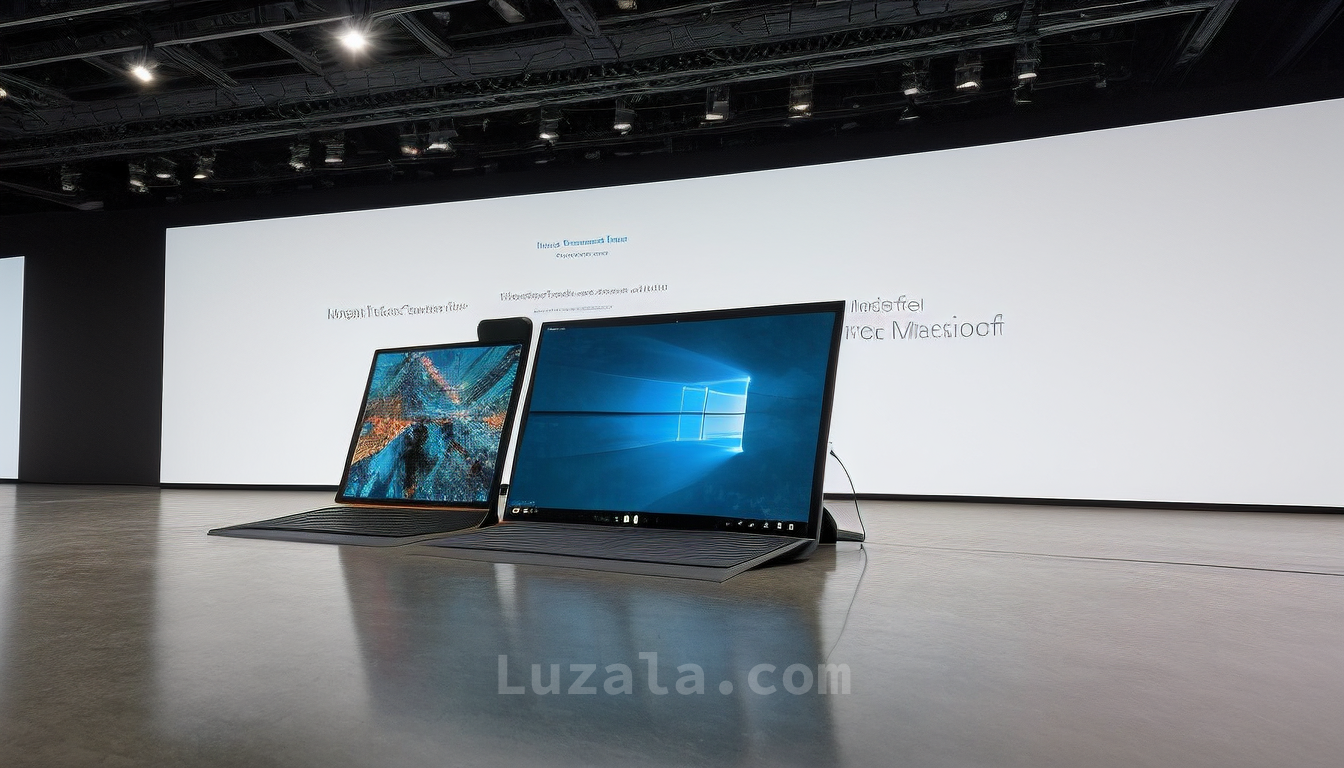
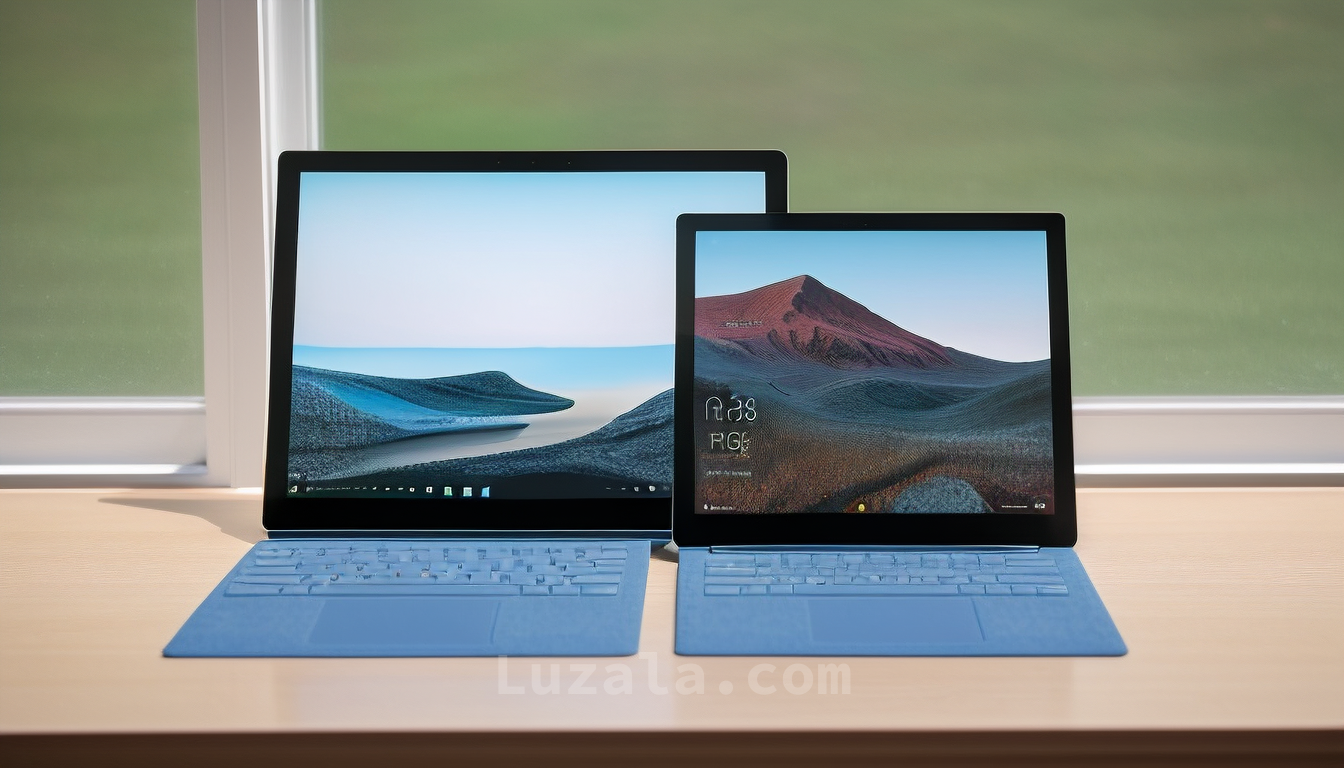

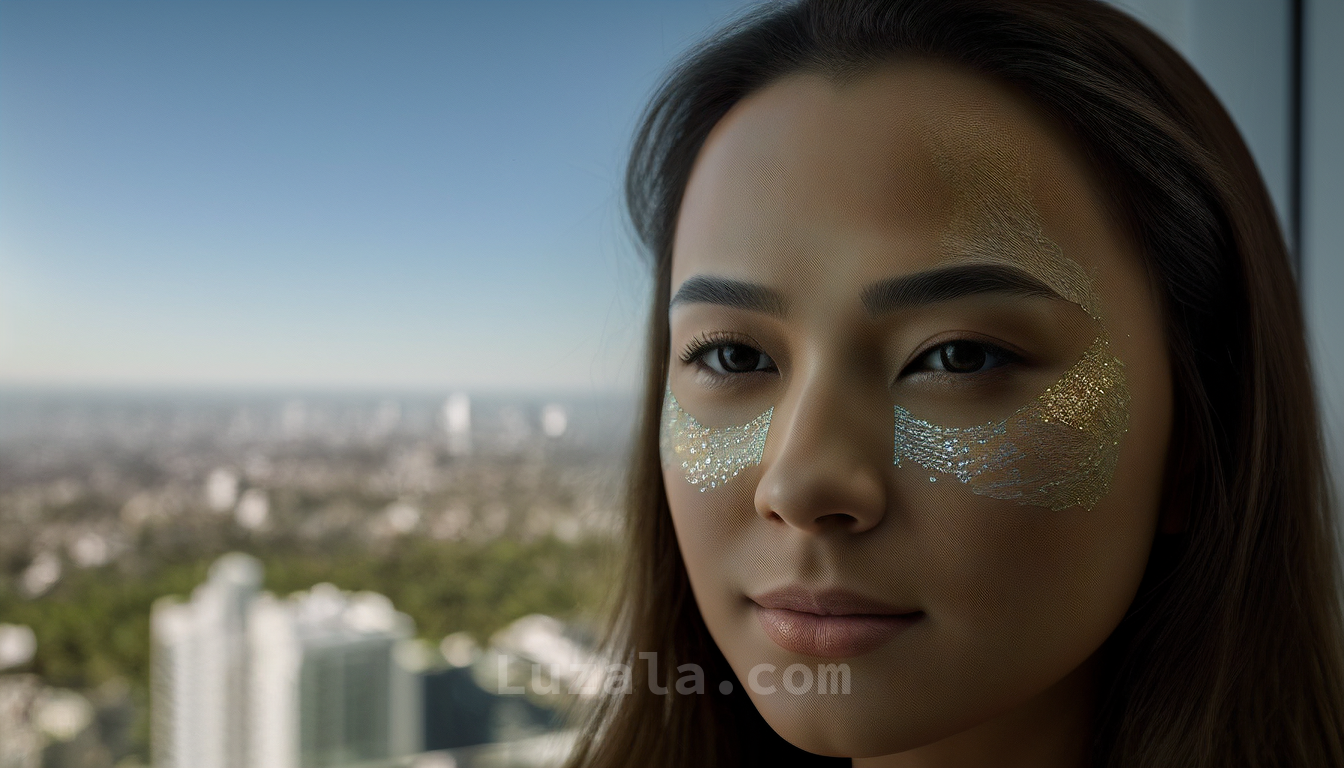
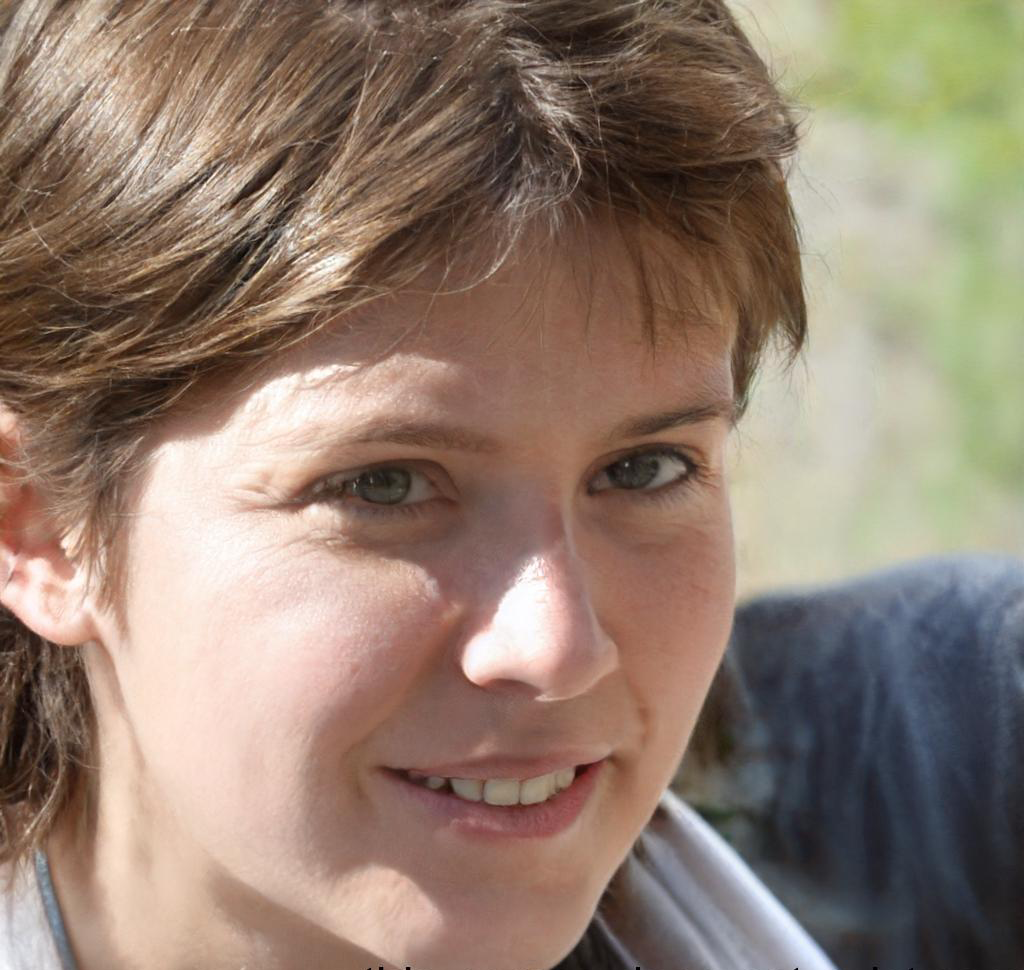

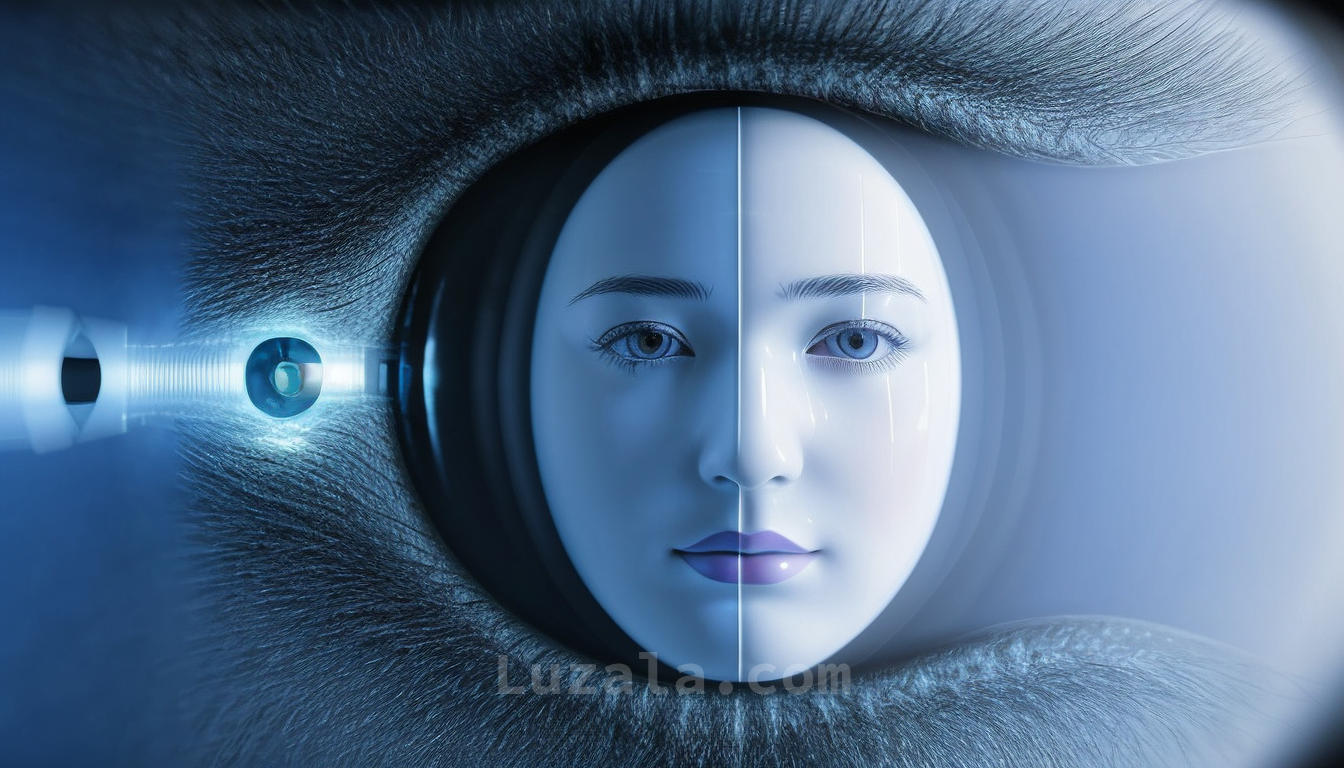





Comments